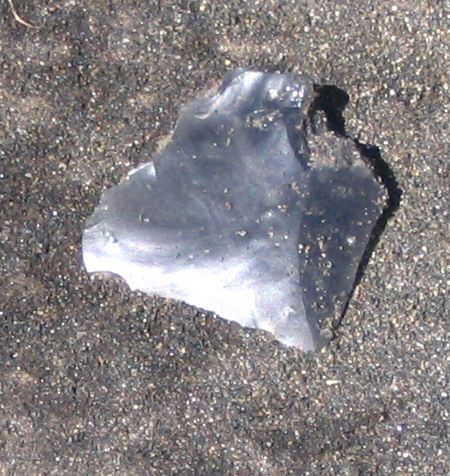<![CDATA[A new research study has found that ancient humans living in the South Pacific used tools made from volcanic glass for tattooing themselves at least 3,000 years in the past. The study of ancient tattooing practices has been constrained in part due to the lack of human remains preserved well enough to show evidence of the art. Sometimes researchers are fortunate enough to encounter ancient mummified remains with intact skin, but these finds are obviously few and far between. Shifting the focus from the tattoos themselves to the tools used to administer the body art could be an alternative path to learning more about the ancient practice, says Robin Torrence, an archaeologist at Sydney’s Australian Museum and a co-author of the new study. According to a Live Science interview, Torrence and her team chose to investigate the long tradition of tattooing in the South Pacific because its importance has always been front-and-center in Pacific Polynesian cultures, all the way up to today. Indeed, the word tattoo actually comes from the Pacific Polynesian root word “tatau". Torrence and her team had high hopes that they could learn more about the tradition through the lens of regional social change. The research team chose more than a dozen artifacts from the Solomon Islands, made from obsidian, a naturally-forming volcanic glass made from cooling lava. Initially discovered at a dig site called Nanggu, these artifacts were dated to at least 3,000 years old. They had been deliberately reshaped by human hands until there was a sharp point on one edge of each of the pieces, according to research data. Using obsidian tools made specifically to copy the size and shape of the Nanggu artifacts, the researchers experimented with red ochre dye, charcoal pigment and pigskin over the course of 26 experiments to determine if these tools could be used to administer tattoos effectively. In order to create a tattoo successfully, pigment must become embedded beneath the skin permanently – and to do so requires a method for breaking the skin in order to deliver the pigment beneath so that it will remain there after the initial wound heals. These activities left the experimental tools with a specific wear and tear pattern that included thin scratches, blunting and rounding of the edges, and microscopic chipping, the pattern matching that of the Nanggu artifacts. Additionally, there were traces of ochre, charcoal, and blood residue on the ancient artifacts as well. Torrence said that the research shows how significant a cultural tradition – and how far back the tradition stretches – tattooing was and remains today among Oceania’s earliest settlers. Additionally, the research into the use of obsidian tools by Pacific Islanders could be helpful for archaeologists studying how similar tools were used elsewhere, such as in Mesoamerica, where blood-letting rituals were common. The research study, which was recently published in the Journal of Archaeological Science: Reports, can be found here]]>
Ancient Humans Used Volcanic Glass Tools for Tattooing
